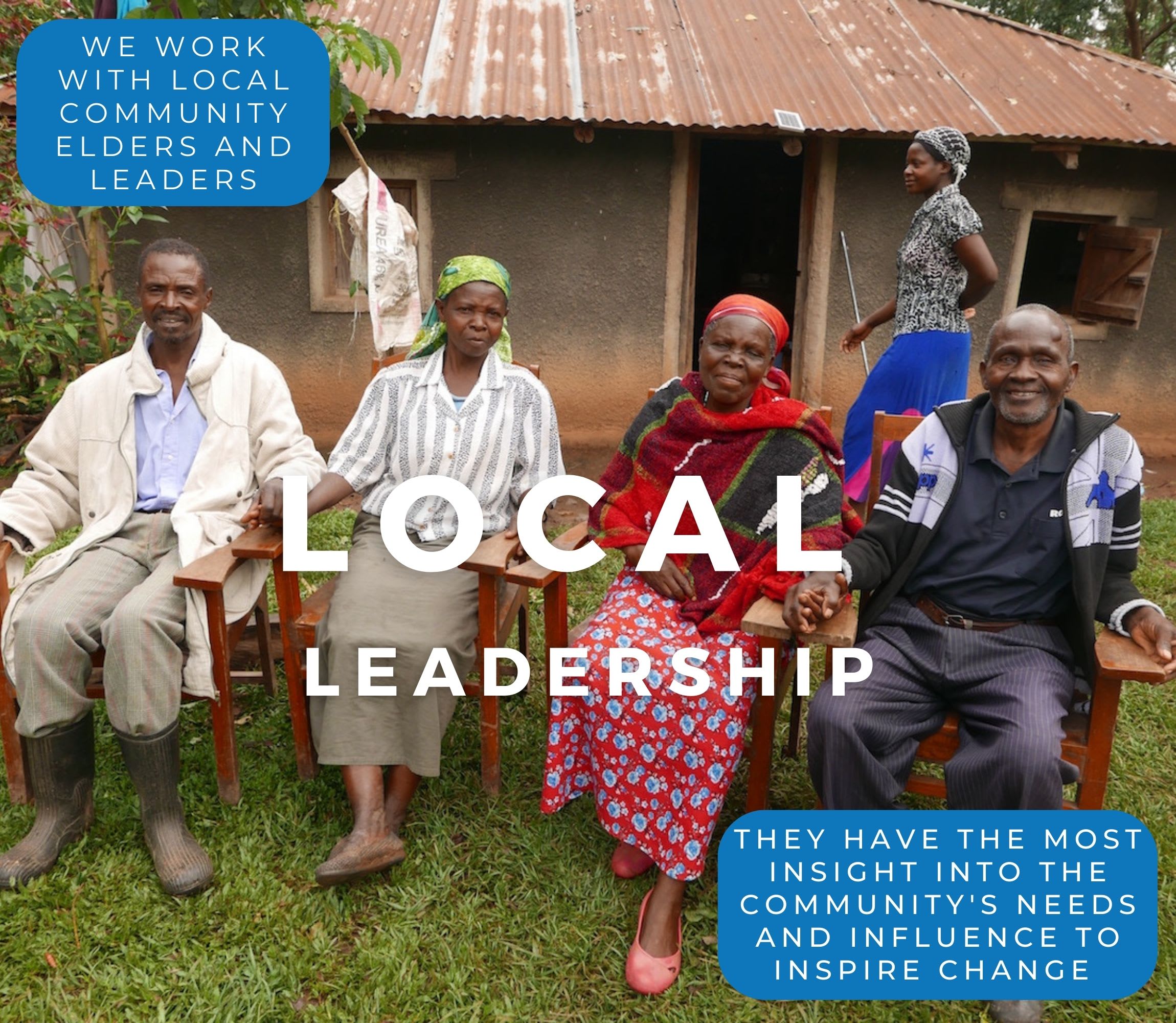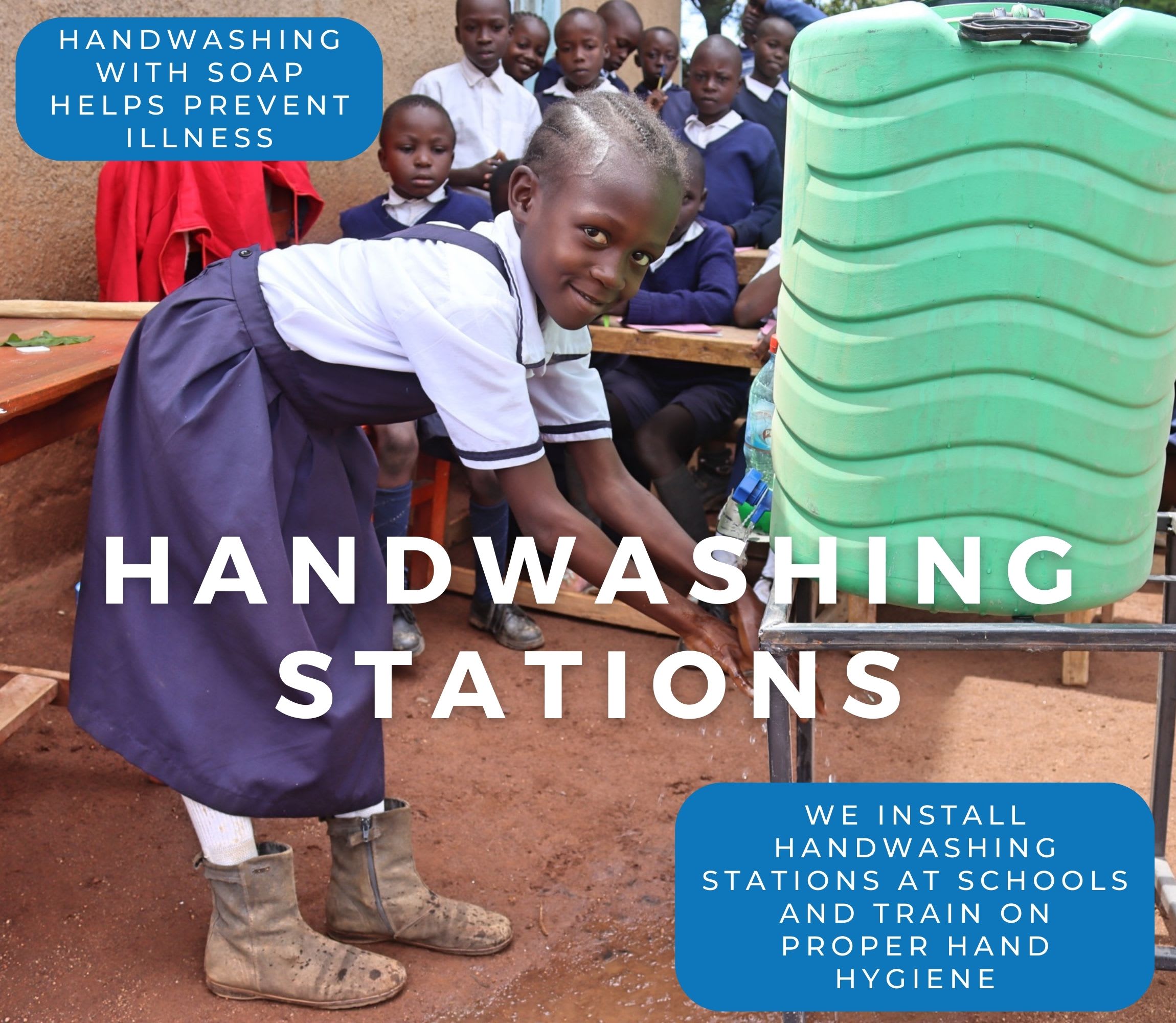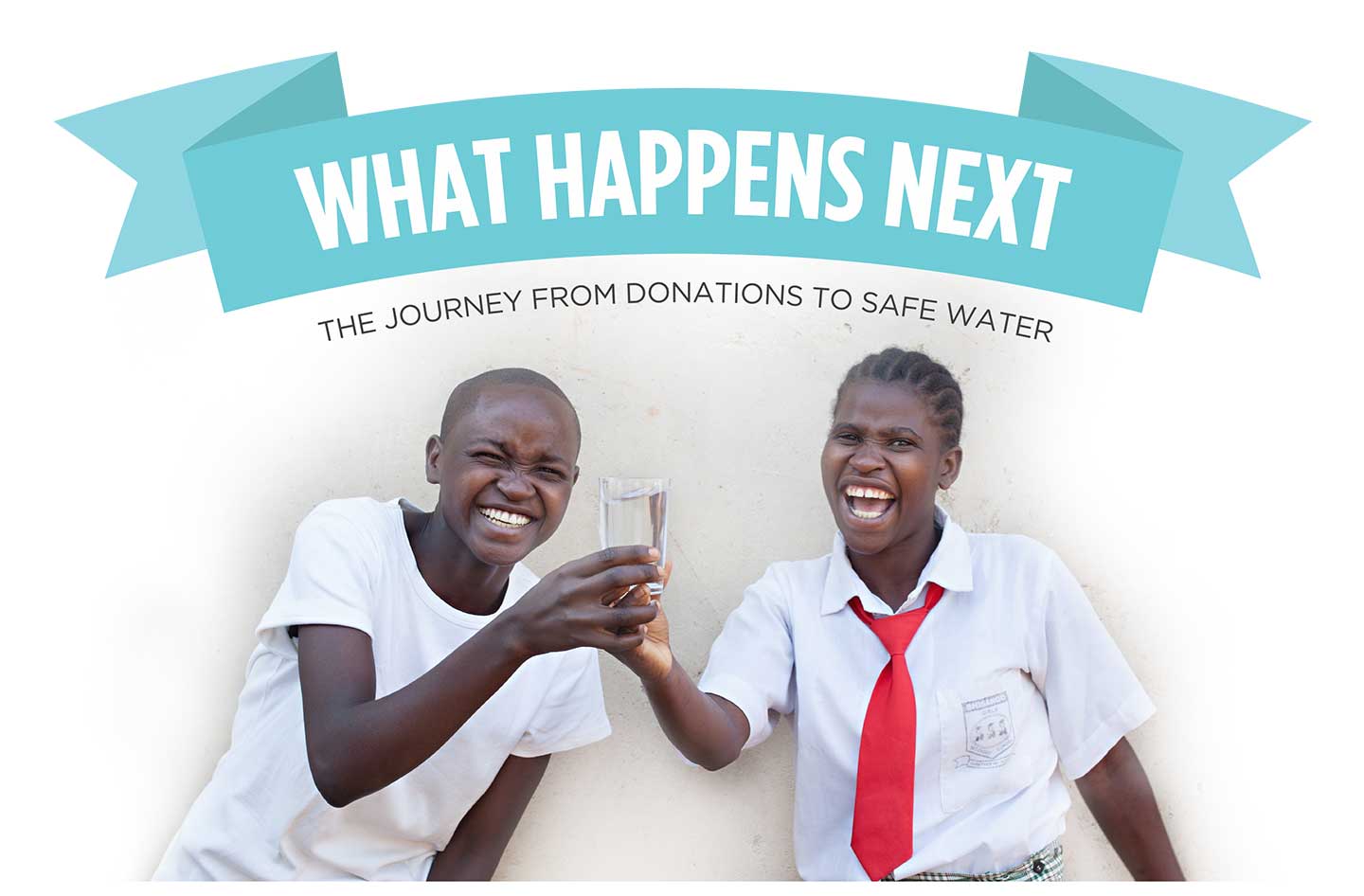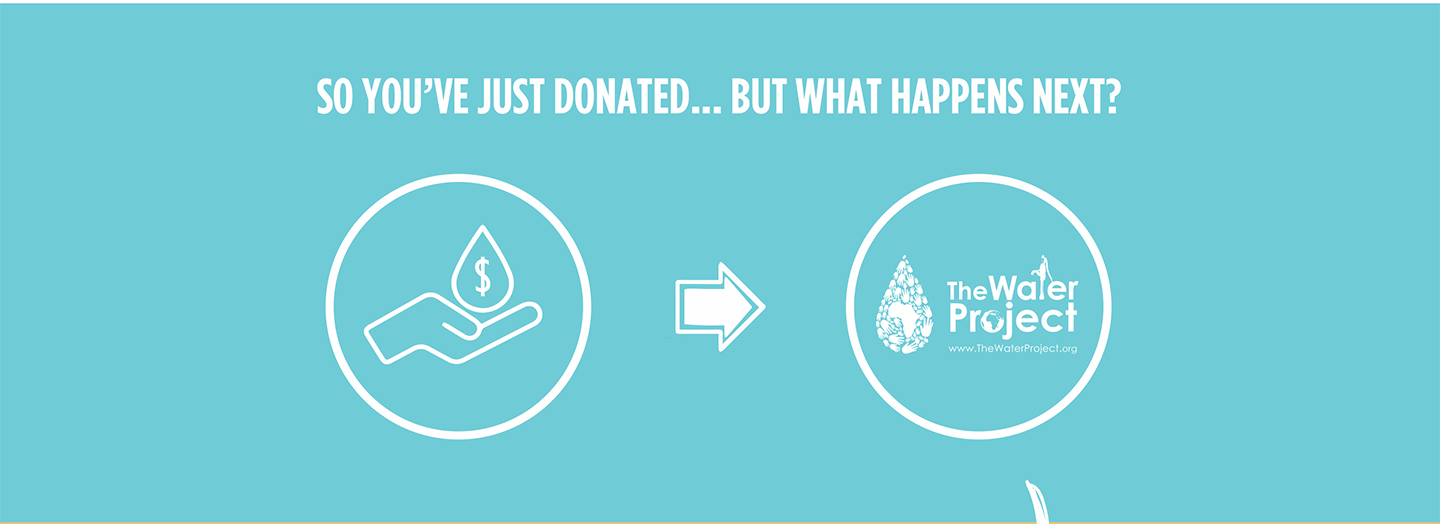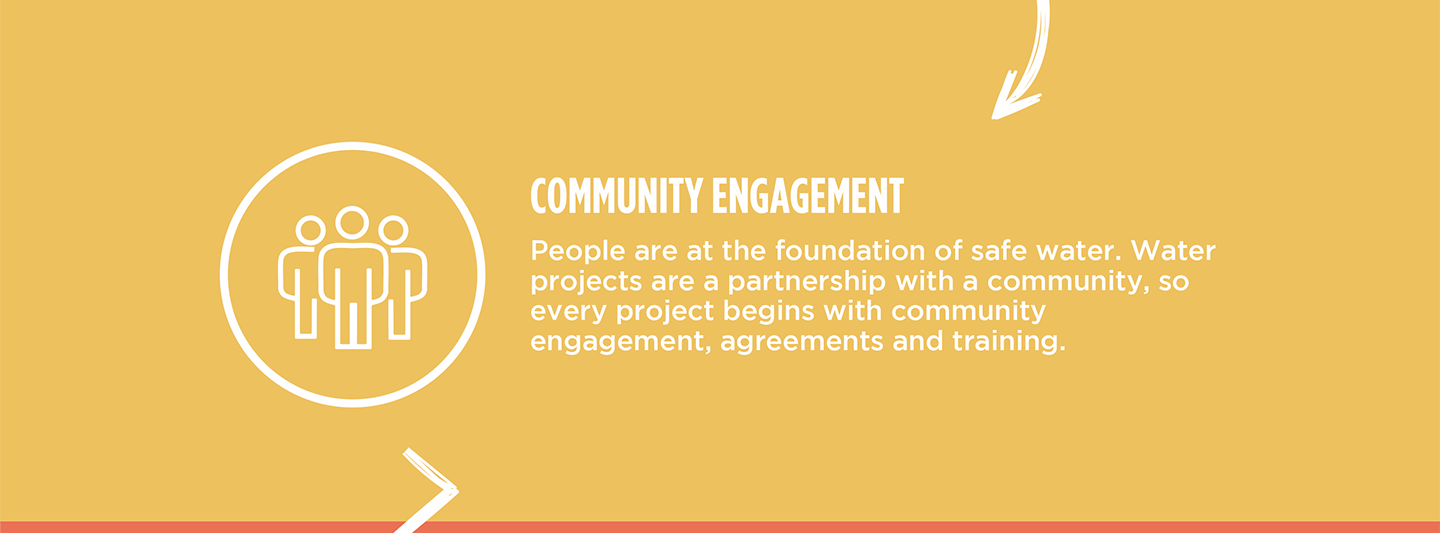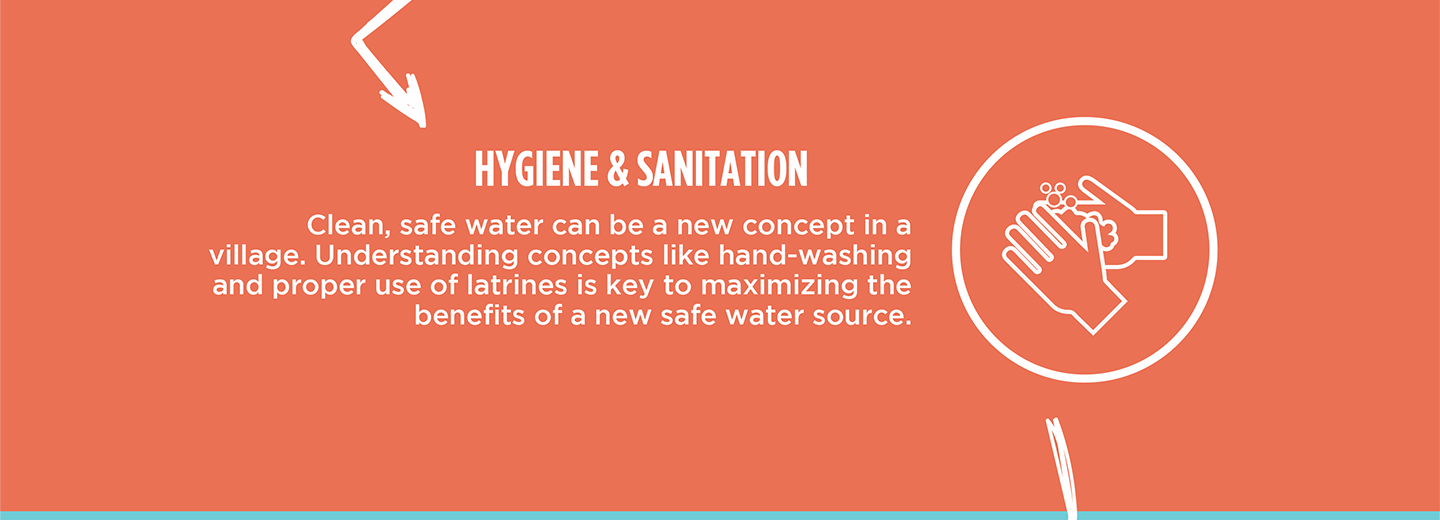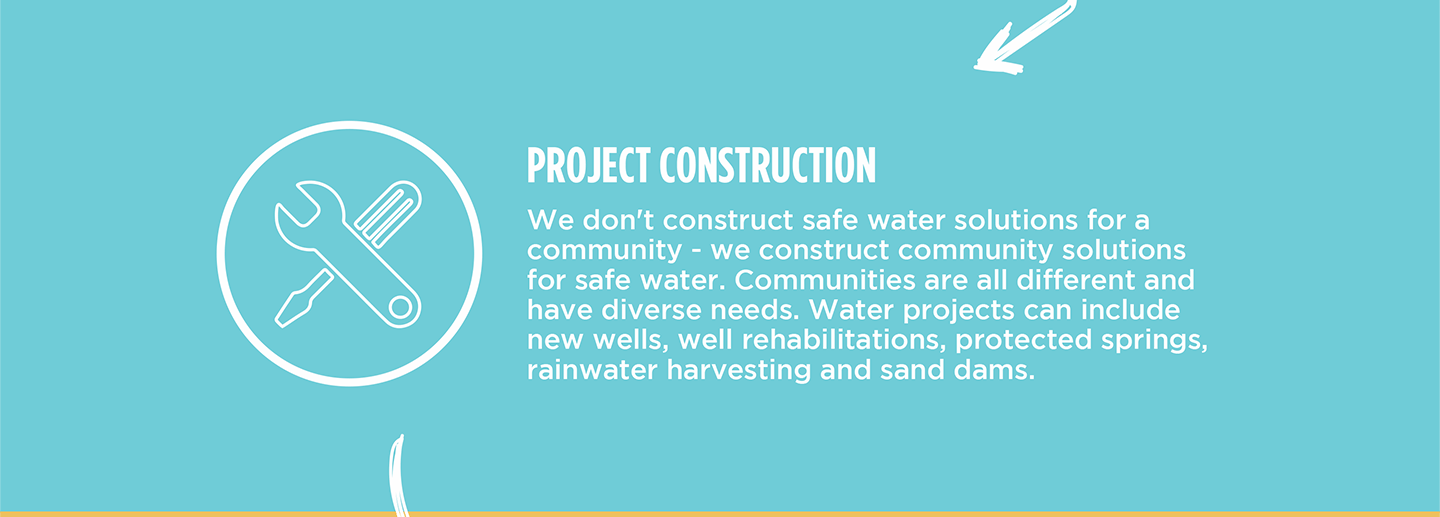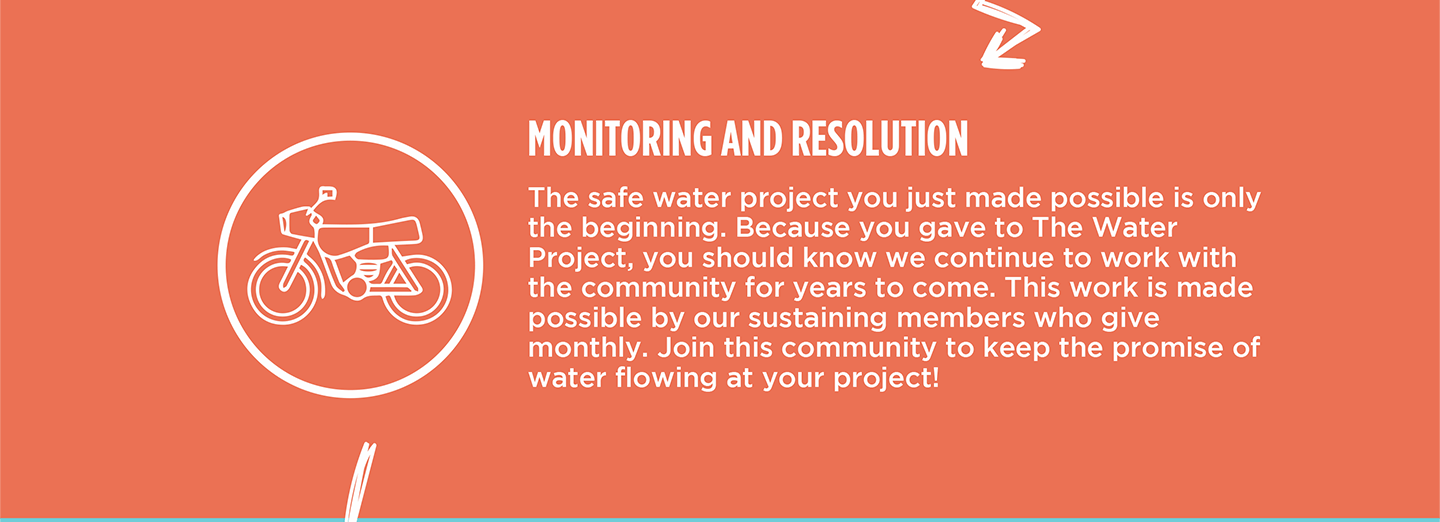Missionaries from the Africa Inland Mission started Kitondo Primary School in 1941 on a donated piece of land. The school grew to become a government school and has overseen its growth through support from the government, the Mbooni Constituency Development Fund, and the local parents.
The 380 students in this school must report to school by 6:30 am with a jerrycan of water. Cleaning takes place until 7:00 am, then morning preps run until 7:45 am. After that, the students go for a morning parade where they are checked for the required amount of water. Those who have failed to carry water are punished.
"Our school suffers from a lack of adequate water supply because the available water sources are not enough to fully supply the school population with enough water. Our pupils are burdened with carrying water to school, which is unfair to them, but it is the only option because the school lacks funds to buy water," explained Deputy Headteacher Kyalo Mutinda.
The school has a few small rainwater harvesting tanks, but they are not nearly big enough to meet the students' water needs. So, the school must require the students to bring water each day. The students carry water to school from varied sources whose safety cannot be guaranteed. The school reported several cases of stomach-related illnesses recently. They are directly related to consuming water from unknown sources - some of which are unfit for human consumption.
The students have to look for water either after school for the following day, or very early in the morning on their way to school. For the pupils, carrying water to school daily has been burdening. The requirement has led to increased absenteeism, students arriving late for their morning preps, and poor class concentration.
"Every day after school, I go and fetch water for carrying to school the following day," said student Mwendwa K.
"We ask for support to help address the water challenge in our school so that we can concentrate more in class."
Rain Tank
We will build a 104,000-liter rain tank for this school, making the others look tiny in comparison. Because of how rarely it rains in Southeastern Kenya, this tank's large volume is designed to store as much water as possible during the seasonal rains, making more water available through the dry months. This water will benefit the students, teachers, and additional staff.
Parents will mobilize the materials needed for construction, including sand, stones, and water. They will also lend their strength and time to help with the construction. We will complement their materials with a skilled artisan to lead the project and provide the tools, lumber, metal, cement, and gutter system.
As soon as the tank has time to cure, it can begin collecting rainwater for the school's use.
Training
We will train students and staff on sanitation, hygiene, and other topics for one day. Those in attendance will form a school health club that will promote good hygiene and sanitation practices at school and home. They will learn all of the steps to proper handwashing, how to treat water, and how to keep their environment clean. The school will also be taught how to oversee best and maintain their new rain tank and handwashing stations.
Handwashing Stations
A total of 3 handwashing stations will be installed upon the project’s completion and before training. These are 1,000-liter plastic tanks fitted with three taps each, allowing nine students to wash their hands at once. The student health club and school management will be responsible for making sure the tanks are filled with water and that a cleaning agent such as soap or ash is always available.
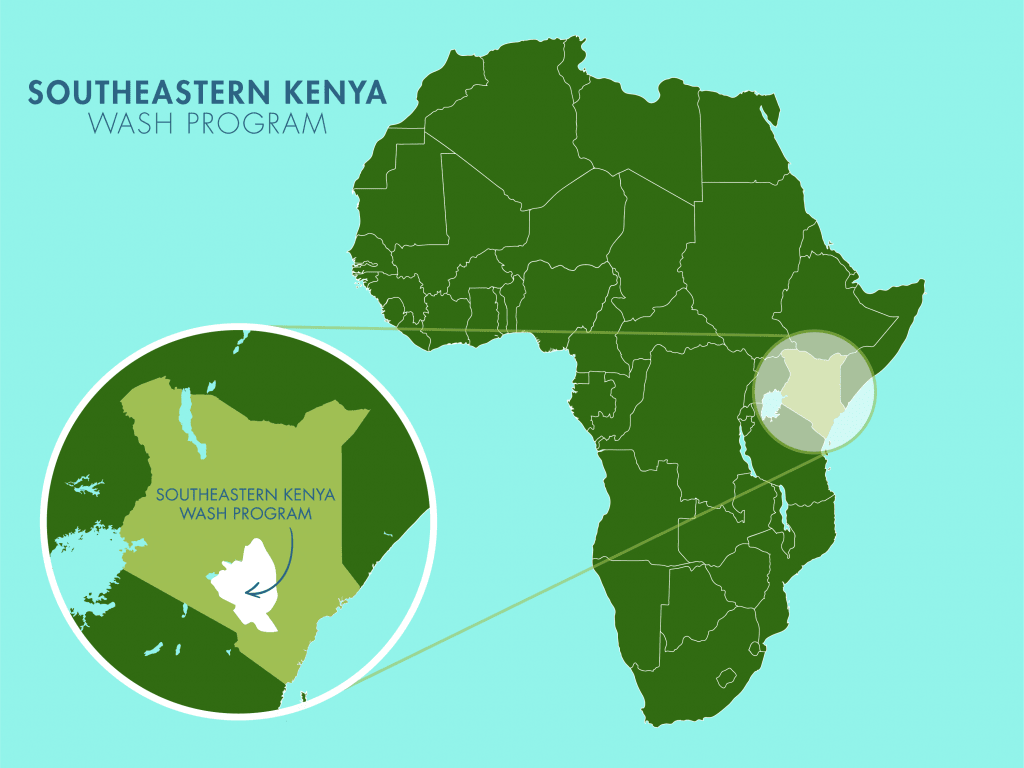
 Rainwater Catchment
Rainwater Catchment
 Rehabilitation Project
Rehabilitation Project

